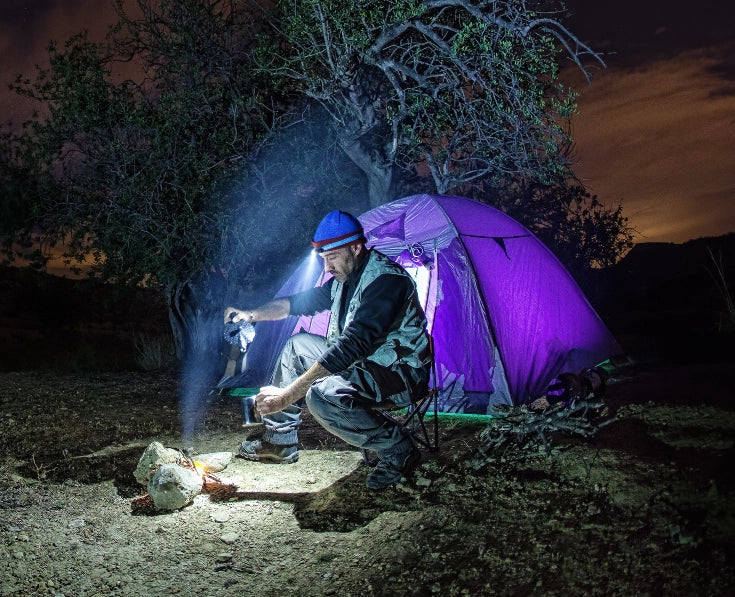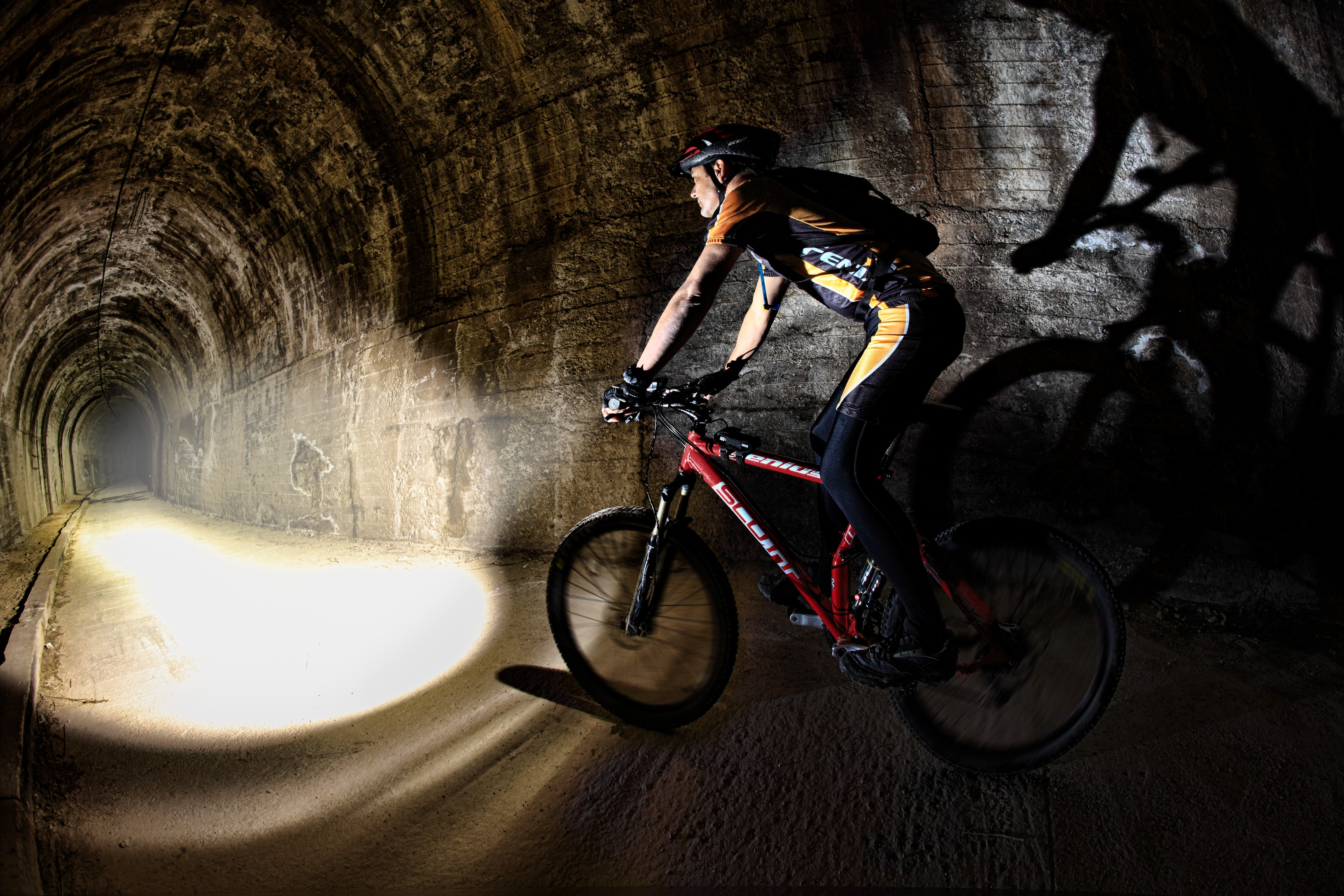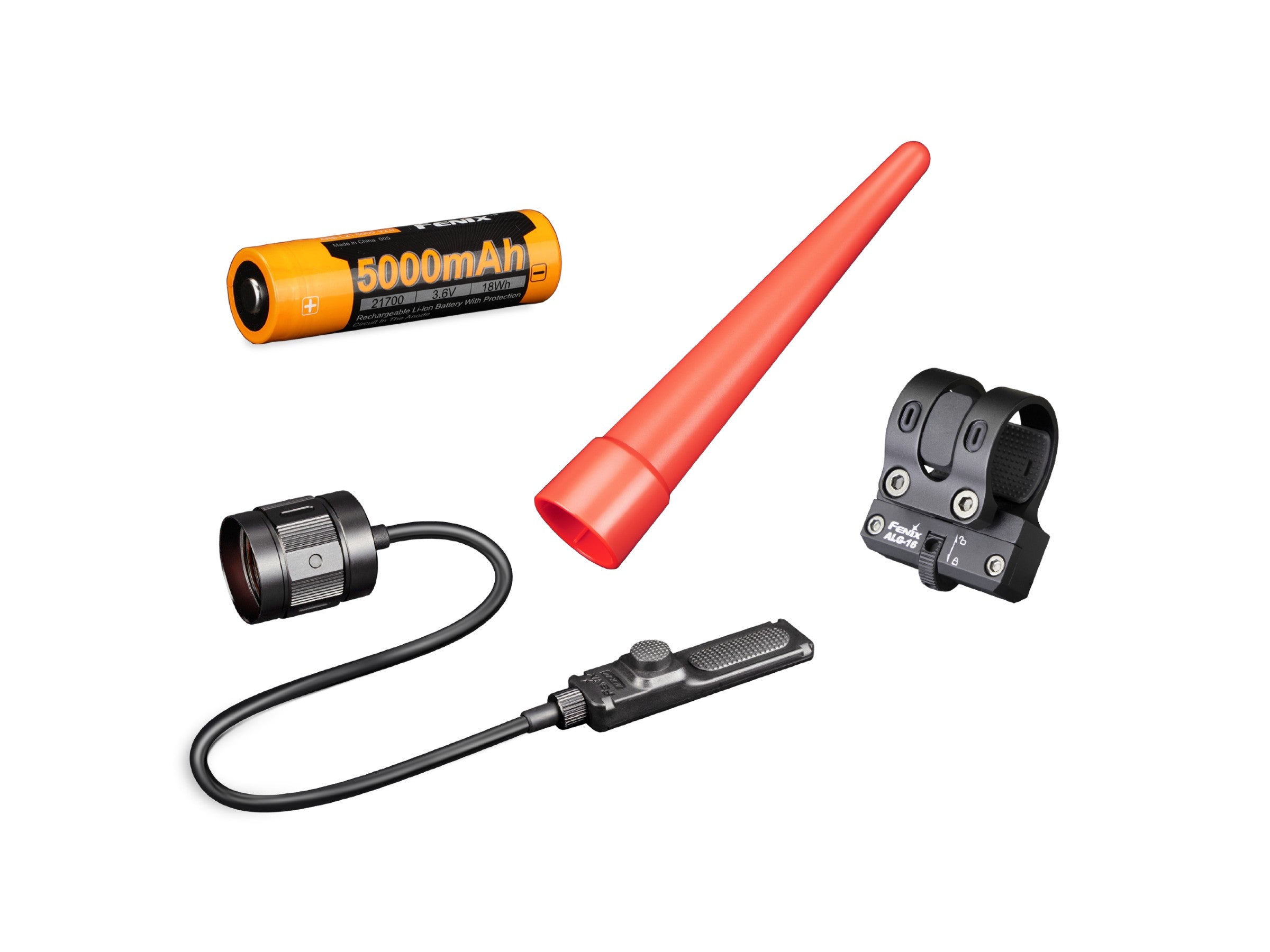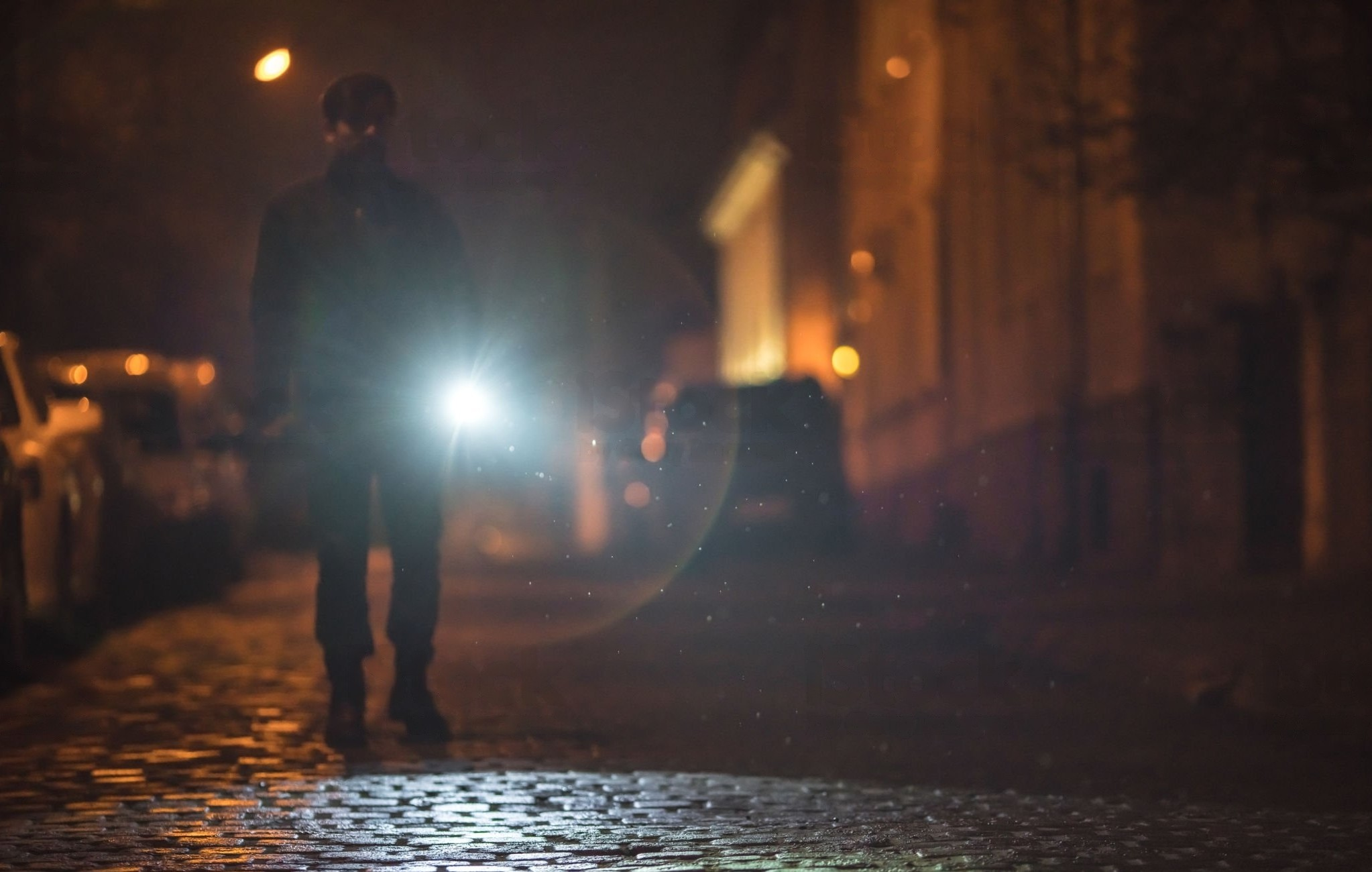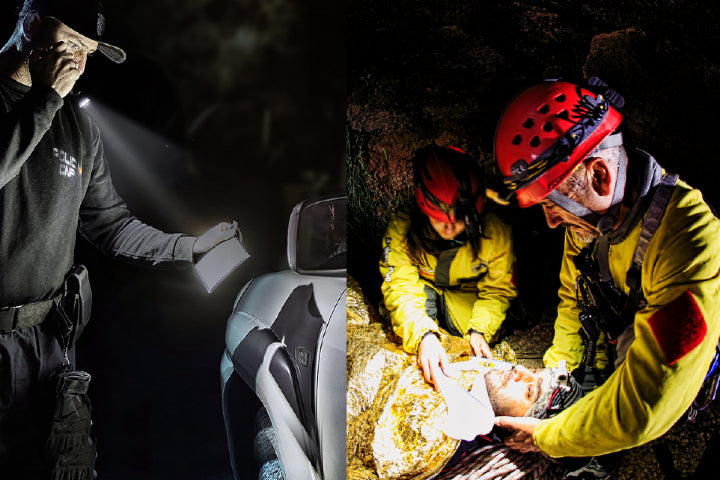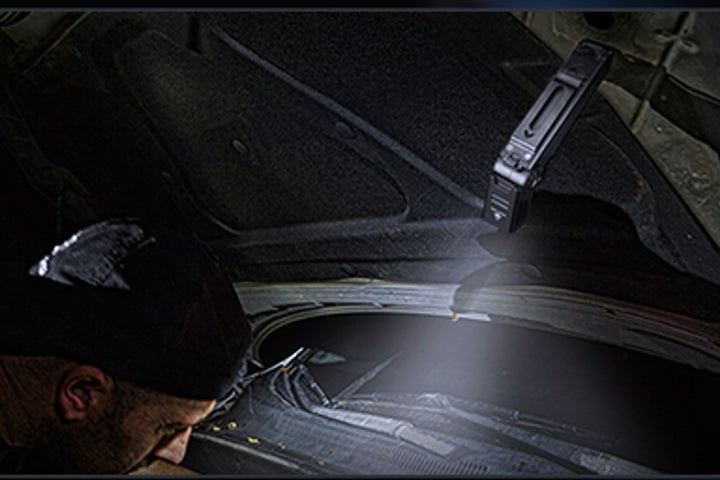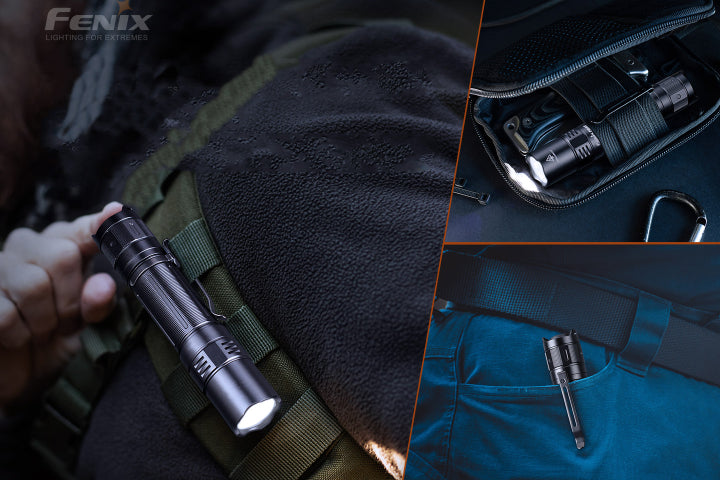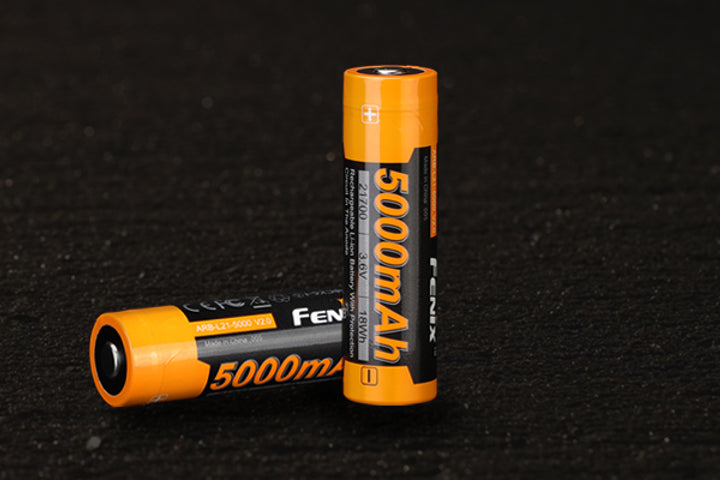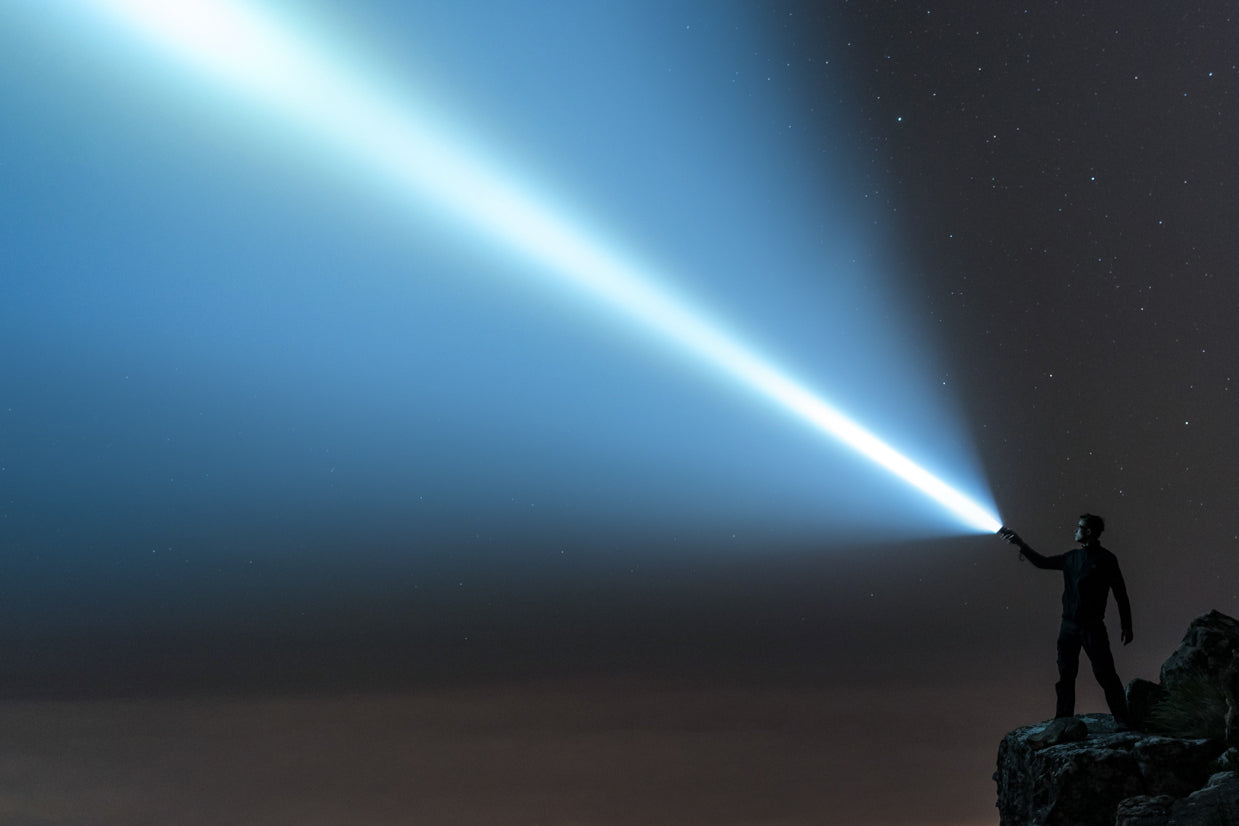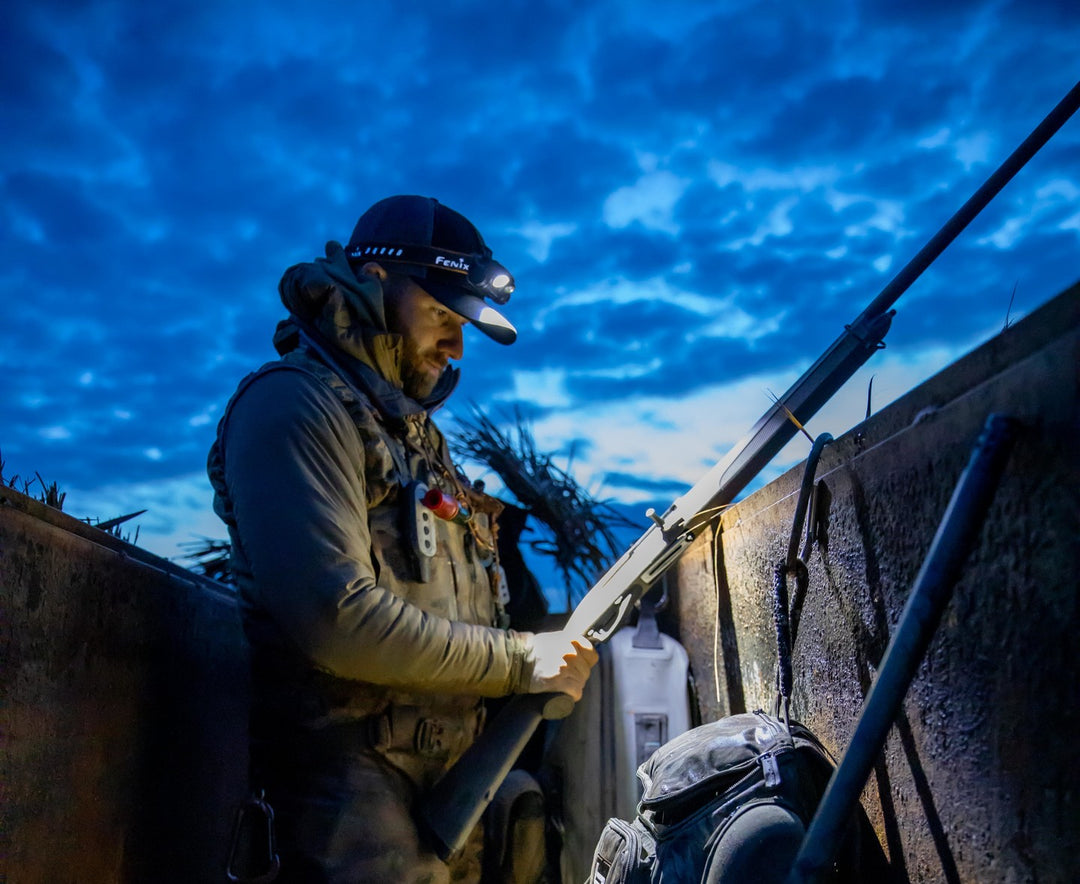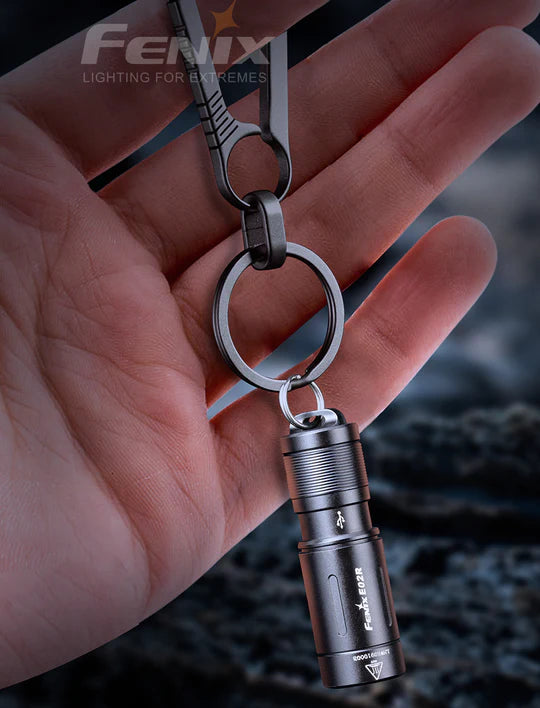The 1-2-3 Guide to Security Lighting
Do you have security lighting to protect your home or business? If not, you may be at an increased risk for being the victim of a crime. Studies show that the right outdoor lighting can cut crime by up to 39%, making security lighting a smart investment for property owners.
But which lights are the “right” lights and what qualities do you need to consider? In this 1-2-3 guide to security lighting, you can learn everything you need to know to ensure your personal property is protected.
Quick Takeaways
- Effective security lighting helps deter and detect intruders
- There are 4 main types of security lighting to consider: continuous, standby, emergency, and portable
- To ensure reliable visibility and protection, it is best to install several types of security lighting in a given area
- Your security lighting’s CRI rating can determine how accurate people and objects appear
The right combination of security lighting types and qualities will ensure that your property stays well-lit and protected from intruders.
Why Is Security Lighting Important?
Security lighting is used all over the world to protect sensitive areas, like:
- Home entrances and exits
- Piers and docks
- Vital buildings
- Storage areas
Illuminating these vulnerable spaces with security lighting helps deter and detect intruders. Exterior lighting positioned towards a boundary acts as a psychological deterrent, discouraging trespassers from entering an area and highlighting any unauthorized visitors.
Security lighting can also reveal the presence of alarms and CCTV cameras, and enhance the clarity of CCTV footage. Each of these benefits enhances the safety and security of an area, making security lighting extremely important in high-risk spaces.
Types of Security Lighting
The type of security lighting you choose will ultimately determine its effectiveness. When deciding which type is best for your area, there are 4 main types to consider.
- Continuous. Continuous light fixtures are made up of several fixed lights positioned to continuously flood a designated area. This type is the most common, and uses overlapping cones to ensure continuous lighting, even if one of its lamps fails.
- Standby. This type of security lighting is not continuous. Instead, they are manually turned on by security personnel, or set off by a sensor when activity is detected.
- Emergency. In situations when the primary lighting system is non-active, like power outages, emergency lighting is used. This type of security lighting is powered by a generator or battery.
- Portable. This type of lighting refers to manually operated, moveable lights such as searchlights and flashlights. Portable lighting is used as needed, and also operated via batteries.

In every case, it is recommended that multiple types of security lighting are used to ensure a reliable level of visibility and protection.
6 Security Lighting Qualities to Consider
As you plan which types of security lighting will be most effective in your space, there are several factors to consider.
1. Illuminance
Illuminance refers to the amount of light that falls onto a surface. There are two types of illuminance:
- Horizontal. Horizontal illuminance refers to the amount of light falling onto a horizontal surface, like the ground.
- Vertical. Vertical illuminance refers to the amount of light falling onto a vertical surface, like a wall or a sign.
Both horizontal and vertical illuminance are important to consider in your security lighting setup because they ultimately determine visibility. For example, vertical illuminance must be clear in order to see an intruder’s face.
Most modern security lights’ illuminance is measured in lux, whereas older units measure illuminance in foot-candles.

In the illustration above, you can see that lux is measured one meter from its source, whereas foot-candles are measured one foot away from their source. To convert one unit to the other, use the following formula: 1 foot-candle = 1 lux (10.76).
2. Fixture Height
A light fixture’s height can also determine how well-lit a vulnerable area is. Security lights can be mounted on:
- Buildings
- Poles
- Ground-level
Keep in mind that higher-mounted security lights call for higher lumen or wattage counts for effective illumination.
3. Direct Glare
Direct glare refers to momentary blindness caused by excessive light entering the eye from an extremely bright light source. For example, when a car with its high-beams on is approaching you in the dark, your visibility is affected by direct glare.
In these cases, it is difficult for the human eye to see contrast and details, creating unsafe conditions for security personnel in the presence of an intruder. When security lighting is used properly, it minimizes the safety risk associated with direct glare.
4. Trespass
Light trespass refers to bright light from one area intruding into another area. In many cases, this can alter and minimize the effectiveness of security lighting.
To minimize light trespass, you should:
- Use shielded light fixtures
- Avoid over-lighting areas
- Use motion sensors and timers to trigger lighting only when necessary
Doing so will help ensure that light does not spill over from one area to the next, maximizing both visibility and safety.
5. Uniformity
Light uniformity refers to the consistency of brightness in an area. Spotty lighting can affect one’s ability to see clearly by casting deceiving shadows.
Illumination should be at its brightest level in a secure area, with less bright light casted next to these areas. This will ensure light uniformity and clear visibility in security lighting.
6. Color Rendition
Color rendition determines whether colors can be accurately identified. This quality is determined by a lamp’s spectral power distribution and illuminance level, and is measured on the color rendering index (CRI).

For example, natural daylight and LEDs have an “excellent” rating of 100, whereas fluorescent lights range anywhere between 50-85. This means that your security lighting’s CRI rating determines how accurate people and objects will appear.

In the image depicted above, you can see the difference between security lights with poor and excellent lighting CRI ratings.
Choose Your Security Lighting Today
Every vulnerable area needs high-performance security lighting. By evaluating the different types and qualities of security lights, you can ensure protection and safety on your personal property.
Want to learn more about how the right lighting can keep you and your loved ones safe? Visit Fenix today to find the best lighting options, or keep reading Fenix’s Blog here.

